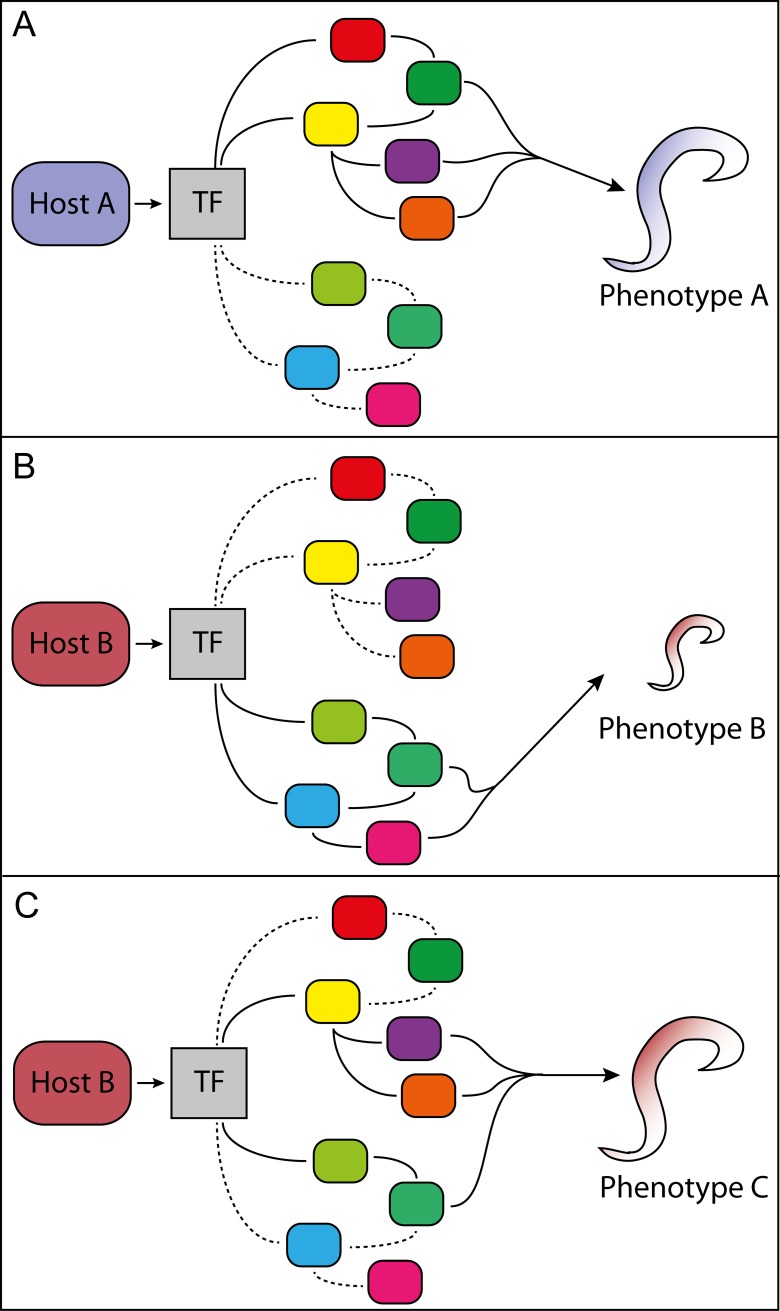Fig 3. Illustration of how genetic assimilation of a nonadaptive plastic trait may be altered and fixed via partial co-option of GRNs.
(A) The host-induced transcription factor (TF) controls a GRN of genes (different colored boxes), which leads to pathogen phenotype A (solid lines). Stippled lines connect genes in a GRN that is unused in this host and contains cryptic genetic variation. (B) A new host environment induces the TF to elicit previously unused modules of the GRN, which result in a nonadaptive plastic response (smaller size of phenotype B). (C) Provided phenotype B can survive long enough in host B, the old and new GRN modules may be co-opted into a new GRN, resulting in an adaptive phenotype C. GRN, gene regulatory network; TF, transcription factor.

